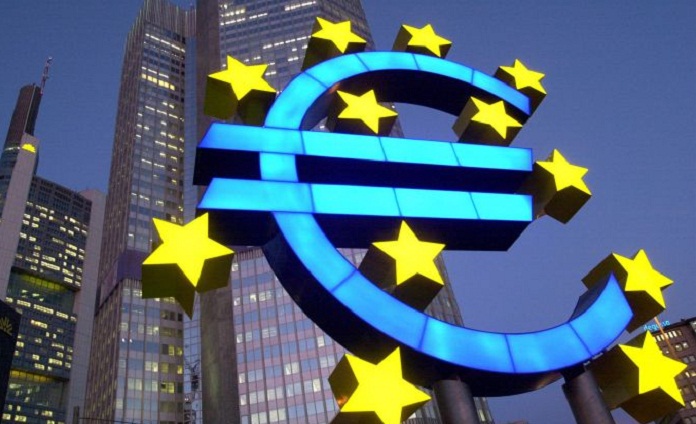However, separate data from Eurostat also indicated that deflation had returned to the eurozone.
Inflation in the bloc fell to minus 0.2% in April, down from zero in March.
Other Eurostat figures showed the eurozone`s unemployment rate fell to 10.2% in March, the lowest rate for four-and-a-half years.
Uncertainties remain
The latest growth figures suggest that the eurozone`s economy is now bigger than it was before the start of the financial crisis eight years ago.
The eurozone has recently benefited from a fall in oil prices and the euro, particularly in Germany.
Looser budgetary policies by government have also freed up resources in some of the region`s debt-laden economies.
Howard Archer, economist at IHS Global Insight, said the eurozone should be able to sustain a growth rate of about 0.4% quarter-on-quarter in the future, but warned the rate could ease in the three months to June.
"Global economic uncertainties and problems are still a handicap for eurozone growth, not only through limiting exports but also through weighing down on business and consumer confidence," he said.
"The risk of recurrent terrorist attacks and the possibility of the UK voting to leave the EU in June`s referendum are also uncertainties that could impact on eurozone growth."
More about:
















































